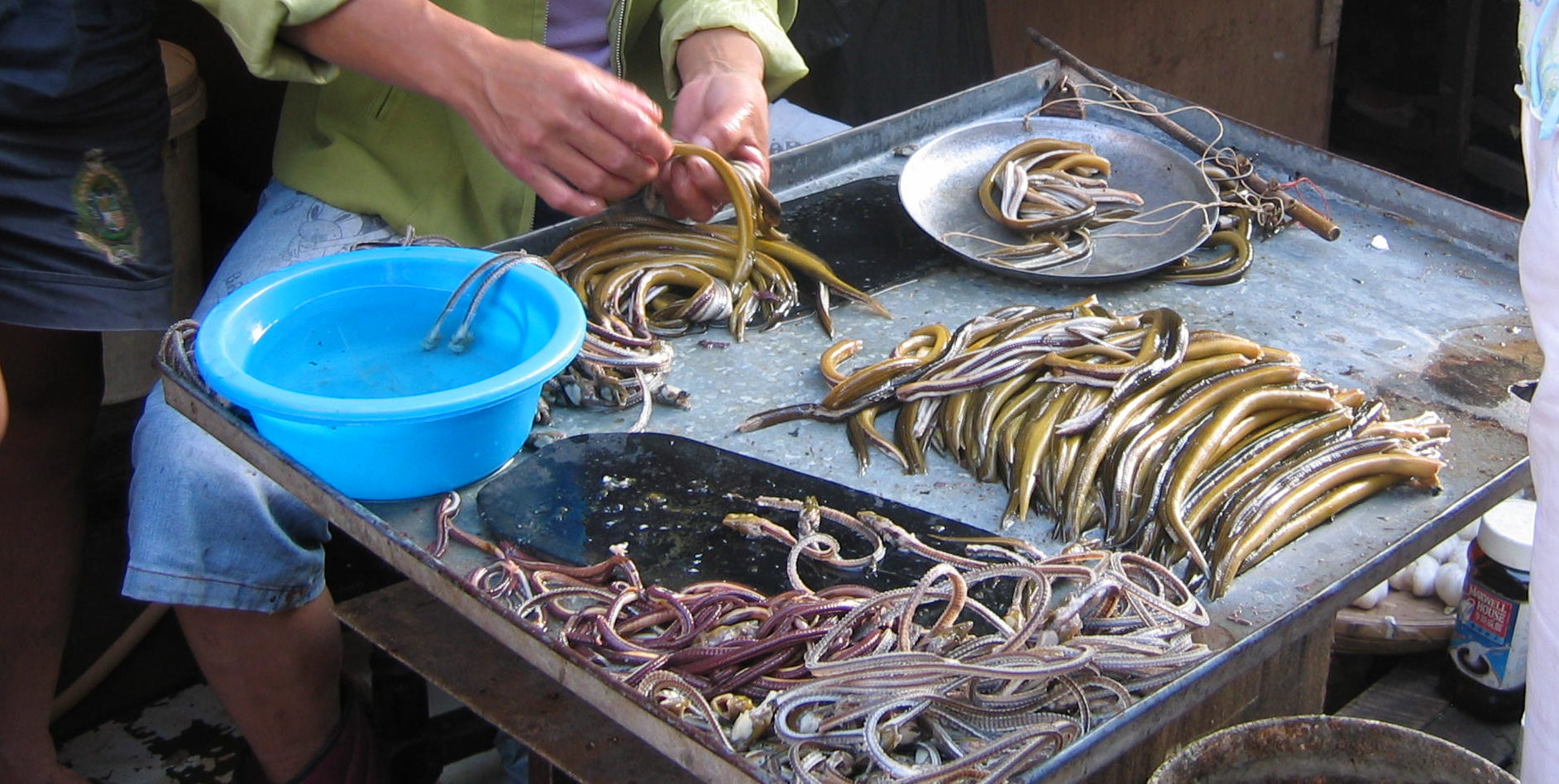A multi-business $500 million Japanese-Philippine joint venture has been announced that will source aquacultural and agricultural products from the Philippines for the Japanese market.
Renato Diaz, president and chairman of Philippine Aquamarine Resources Inc., announced that 14 officials from nine Japanese companies from the food processing, retail, and storage sectors will partner with three Philippine partners active in the aquaculture and agriculture spaces. The group will source fishery products for export to the Japanese market with an initial focus on unagi, or eel, and later expanding to include other products including mangoes, coconuts, pineapples, and nuts.
The partnership is initially looking to establish facilities in several cities in Mindanao and Luzon, including General Santos, Davao, Clark Freeport, and the Cagayan Economic Zone. Approximately $200 million of the original investment being earmarked for upgrades to local facilities so they meet Japan’s strict standards that call for a freezing point of negative 60 degrees for the eels compared to negative 30 degrees that other markets require, according to the Manila Bulletin.
“The key problem in the Philippines is we don’t have the technology. They will provide the technology,” Diaz, who also leads the project, told reporters according to Business World Online.
The group says that it already has orders on hold, and commercial operations are expected to begin within three years. The initial value of exports is expected to be 10 billion yen (US$100 million) of which six billion yen (US$60 million) will come from the sale of eels.
This is not the first instance of Japanese operations sourcing unagi outside of Japan for the Japanese market. Japan eats about 70% of all globally consumed unagi, however, its native species, Anguilla Japonica, has been so overfished that it is now internationally listed as being endangered.
Given their high sensitivity to temperature and nutrition, eels are not easy to farm. However with its 13,000 islands stretching across 5,000 kilometers Indonesia is a rich resource for eels. One Indonesia-based Japanese eel farmer, Hisayasu Ishtani, buys eel fry from local fishermen and raises them to a point where they would be commercially viable. Since launching in 2009, Nikkei Asian Review reports that Ishtani’s operation had grown by 2013 to export one million eels and is looking to build a second facility in the west of Java.
—
Lynda Kiernan

